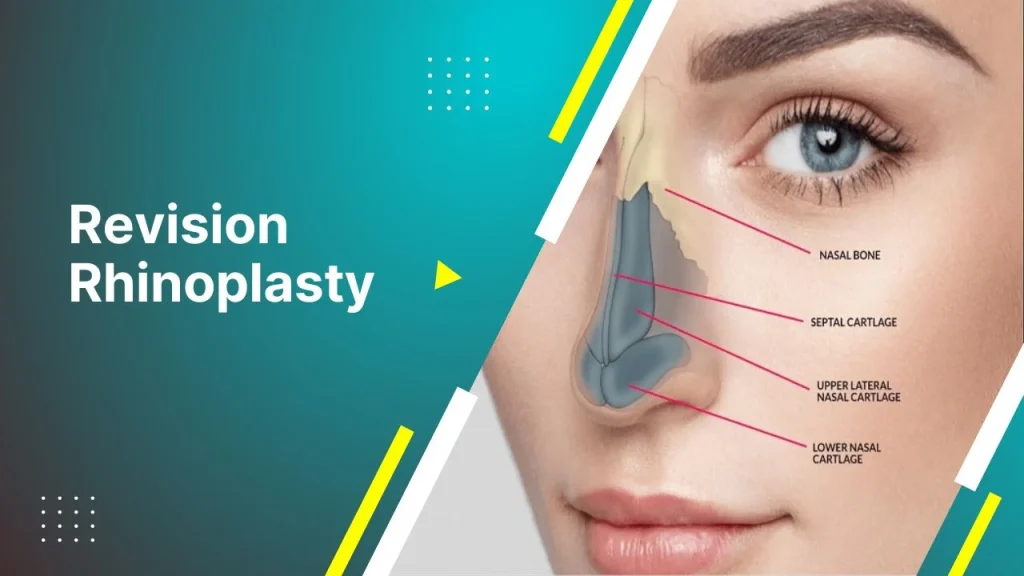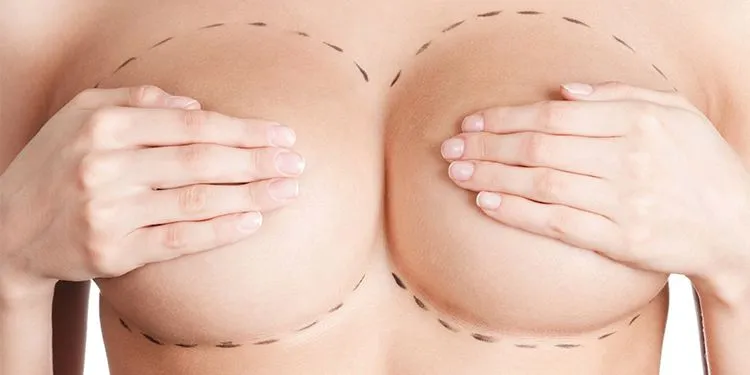Understanding common medical procedures is essential for anyone seeking clarity on healthcare options, whether for routine checkups or specific treatments. In a world where medical advancements continuously evolve, it’s important to stay informed about the procedures that could affect your health or that of your loved ones. From diagnostic tests to surgical interventions, each procedure has its own purpose, benefits, and potential risks. This blog will guide you through some of the most common medical procedures, explaining what they entail, why they are necessary, and what to expect before, during, and after the procedure. Whether you’re preparing for a minor surgery or learning about preventive care, this information will help you make well-informed decisions about your healthcare journey.
What Are Medical Procedures? A Simple Explanation
Medical procedures are actions performed by healthcare professionals to diagnose, treat, or prevent health conditions. These procedures can range from simple, non-invasive tasks like taking blood pressure or drawing blood for tests, to more complex surgeries that require anesthesia and recovery time. The purpose of medical procedures is to improve a person’s health by either gathering information (like a biopsy or imaging scan) or providing treatment (such as surgery, medication administration, or physical therapy). Some procedures are routine, while others may be urgent or specialized, depending on the individual’s health needs. Understanding the type and purpose of a medical procedure can help alleviate concerns and ensure that patients are better prepared for their healthcare experience.
Types of Medical Procedures: Diagnostic, Surgical, and Therapeutic
Medical procedures are generally classified into three main types: diagnostic, surgical, and therapeutic, each serving a distinct purpose in patient care. Diagnostic procedures are used to gather information about a patient’s condition, helping healthcare professionals make accurate diagnoses. These include tests like blood work, imaging scans (X-rays, MRIs), and biopsies, which help detect illnesses, monitor progress, or identify potential health issues. Surgical procedures involve operating on the body to treat or correct a medical problem. These can range from minor surgeries, such as removing a cyst, to major operations like organ transplants or heart surgery. Finally, therapeutic procedures aim to treat or manage existing health conditions. This category includes treatments like chemotherapy, physical therapy, or the administration of medication to alleviate symptoms or cure diseases. Together, these procedures are essential for maintaining and improving health, from diagnosis and treatment to ongoing management of chronic conditions.
Preparing for a Medical Procedure: Key Steps to Follow
Preparing for a medical procedure is crucial to ensure a smooth process and optimal outcomes. The steps to follow can vary depending on the type of procedure, but there are several key considerations to keep in mind. First, consult with your healthcare provider to understand the specifics of the procedure, why it’s necessary, and what to expect before, during, and after. It’s important to ask any questions you may have and clarify any concerns to reduce anxiety.
Next, follow any pre-procedure instructions given by your healthcare provider. This may include fasting before a procedure, stopping certain medications, or undergoing specific tests. These instructions are designed to ensure your safety and the procedure’s effectiveness. Arrange transportation if necessary, especially for surgical procedures or those that involve anesthesia, as you may not be able to drive afterward.
Prepare mentally and physically by getting enough rest and maintaining a healthy diet leading up to the procedure. Staying calm and positive can help with the recovery process. For surgeries or invasive procedures, ensure you have someone to assist you at home during your recovery period. Finally, don’t forget to bring any required documents, such as identification, insurance details, and any prescribed medications, to the hospital or clinic.
By following these steps, you can feel confident and prepared for your medical procedure, leading to better results and a smoother experience.
Common Risks and Benefits of Medical Procedures
Medical procedures, while essential for diagnosing and treating various health conditions, come with both risks and benefits. Understanding these factors can help patients make informed decisions about their care.
Benefits of medical procedures include the potential for improved health, accurate diagnosis, and enhanced quality of life. Diagnostic procedures can uncover hidden health issues early, allowing for timely treatment and better outcomes. Surgical procedures can correct or alleviate conditions that affect daily functioning, such as removing tumors, repairing broken bones, or replacing damaged organs. Therapeutic procedures, like physical therapy or medication, can provide relief from pain, restore mobility, and manage chronic conditions effectively.
However, there are risks associated with medical procedures. Surgical procedures, for example, carry inherent risks such as infection, bleeding, anesthesia complications, or adverse reactions to medications. Diagnostic tests may lead to false positives or negatives, causing unnecessary anxiety or delays in treatment. Even non-invasive therapeutic procedures can have side effects, such as allergic reactions to medications or temporary discomfort. Additionally, the invasiveness and complexity of certain procedures can require longer recovery times, which may affect daily life.
While medical procedures offer significant benefits, understanding and weighing the potential risks is crucial for making an informed decision. Working closely with healthcare providers, following pre- and post-procedure guidelines, and discussing any concerns can help minimize risks and maximize the benefits of the treatment.
You can also check out our blogs for information about medical procedures.












